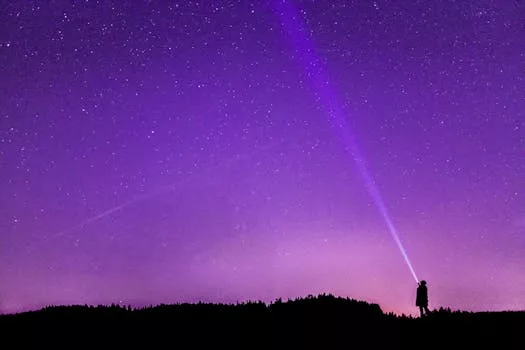
“
Introduction to Beyond the Milky Way: Imagining New Worlds and Possibilities
Beyond the Milky Way: Imagining New Worlds and Possibilities, the cosmos has always been a source of fascination for humans. As we continue to explore and understand the universe, we are reminded of the infinite possibilities that lie beyond our galaxy. The Milky Way, our home galaxy, is just one of the billions of galaxies in the observable universe. As we venture further into the unknown, we begin to realize the vastness of space and the potential for new worlds and civilizations. For more insights on this topic, check out From Stardust to Dreams: Imagining Life Beyond the Stars.
Understanding the Milky Way and Beyond
The Milky Way is a barred spiral galaxy, consisting of hundreds of billions of stars, stellar remnants, interstellar gas, dust, and dark matter. It is estimated to be approximately 100,000 light-years in diameter. However, as we look beyond our galaxy, we find that there are many other galaxies, each with its unique characteristics and features. Some of these galaxies are similar to the Milky Way, while others are vastly different, with varying sizes, shapes, and compositions. To delve deeper into the creative aspects of our universe, explore Cosmic Creativity: How Imagination Soars Beyond the Constellations.
Imagining New Worlds and Possibilities
As we explore the universe, we begin to imagine the possibilities of new worlds and civilizations. We wonder if there are other planets like Earth, with conditions suitable for life. We speculate about the potential for intelligent life, and whether we will ever make contact with other beings. The search for extraterrestrial life and the study of exoplanets have become significant areas of research, with scientists using advanced techniques and technologies to detect and analyze the atmospheres of distant planets. For more on this subject, see Soaring Through the Cosmos: The Power of Imagination Beyond the Stars.
Taking the Leap: Space Exploration and Colonization
As we push the boundaries of space exploration, we begin to consider the possibility of colonizing other planets. With the help of advanced technologies, such as propulsion systems and life support systems, we may be able to establish human settlements on other planets. This could be a crucial step in ensuring the survival of humanity, as it would provide a safeguard against global catastrophes and allow us to expand our presence in the universe.
Conclusion and Takeaways
In conclusion, the universe beyond the Milky Way offers a wealth of possibilities for human exploration and discovery. As we continue to push the boundaries of space exploration and colonization, we must consider the implications of our actions and the potential consequences of encountering other civilizations. The key takeaways from this article are:
- The universe is vast and full of mysteries waiting to be uncovered.
- Space exploration and colonization are crucial for the survival and expansion of humanity.
- The search for extraterrestrial life and the study of exoplanets are significant areas of research.
- Advanced technologies, such as propulsion systems and life support systems, are essential for establishing human settlements on other planets.





